Workflow Automation in Eye Clinics: How ASIRA’s New Features Reduce Staff Burnout and Elevate the Patient Journey

Running an eye care practice today goes far beyond diagnosing and treating patients. Behind every consultation lies a chain of administrative steps: scheduling, follow-ups, order tracking, billing, internal coordination, all of which need to happen smoothly for the clinical side to function well. When these processes rely on memory, paper, or scattered messages, things slip. Tasks are forgotten, staff are stretched, and patients feel the cracks.
Workflow automation is not about replacing people. It is about reducing the invisible load that staff carry every day. By streamlining repetitive steps, automation prevents bottlenecks, reduces stress, and frees teams to focus on patients rather than paperwork.
With the introduction of Task Management and Orders, ASIRA has taken an important step forward in supporting how clinics actually work. Task Management helps teams assign, track, and complete responsibilities with clarity. The Orders feature gives clinics a structured way to manage spectacle and contact lens orders directly inside the system. Together, these tools help create a practice environment where information is organised, responsibilities are clear, and workloads feel lighter.
The Growing Challenge of Staff Burnout in Eye Care
Burnout in eye care rarely shows up as a single event. It builds quietly through constant interruptions, unclear responsibilities, and the pressure to remember everything. In clinics, administrative load sits heavily on optometrists, front desk staff, optical teams, and managers. If coordination depends on verbal reminders, sticky notes, or WhatsApp messages, even simple processes demand constant vigilance.
A 2022 study in JAMA Ophthalmology highlighted administrative burden as a major contributor to burnout among eye care professionals. When routine steps like tracking orders or confirming follow-ups depend on manual effort, errors become frequent, delays become normal, and staff morale begins to erode. Workflow automation offers a way to stabilise this, not through complexity, but through clarity.
What Workflow Automation Really Means in a Clinic
In practical terms, workflow automation means moving recurring, predictable processes into a structured system. Instead of relying on memory or reminders, the clinic runs on defined steps that are visible to everyone involved.
In eye care, this can include:
- Automatically assigning follow-up calls
- Linking tasks to appointments or orders
- Tracking spectacle or contact lens orders from start to finish
- Sending patient reminders without manual effort
- Generating bills directly from clinical records
Eye care is a multi-touch process. One patient may move from reception to refraction, then to diagnostics, then optical dispensing, and finally to post-care communication. Automation ensures that every step has a place, a person, and a record. This reduces friction for staff and builds confidence for patients.

Task Management: Bringing Structure to Daily Work
Traditionally, internal coordination in clinics has been informal — a quick word across the hall, a note on the desk, a reminder shared in passing. These methods work until they don’t. A missed message turns into a missed follow-up. An assumed task becomes an incomplete task.
ASIRA’s Task Management feature replaces informal communication with a shared, structured workspace. Within the platform, team members can:
- Assign specific tasks to individuals or roles
- Set due dates and priorities based on urgency
- View tasks in the clinic calendar for better planning
- Receive email notifications when tasks are assigned or completed
The goal is not surveillance. It is clarity. When responsibilities are visible, no one carries the anxiety of wondering whether something has been forgotten. Managers do not need to chase updates. Staff do not need to hold mental checklists all day. This alone can lower stress levels in a busy clinic.

How Task Management Reduces Burnout
Cognitive load — the effort of keeping track of unfinished tasks — is one of the most draining elements of clinic work. Even when tasks are small, the constant need to remember them causes fatigue. When everything lives inside a task system, staff no longer have to “keep everything in mind”.
Task Management supports mental clarity in three ways:
- Reduces memory pressure
- Prevents duplication of effort
- Distributes workload fairly
It builds a culture where accountability exists, but stress does not. Staff have confidence in the system, not just in themselves.
Want to use ASIRA's task and practice management tools?
We have helped hundreds of practices change the way they work. Try it for FREE yourself with our 30-Day Free Trial.
To get started, Book a Demo today!
Orders: Closing the Loop on Spectacle and Contact Lens Workflows
Spectacle and contact lens dispensing is a core revenue and care component in many eye care practices. Yet order management is often handled through paper slips, verbal messages, or informal tracking. These methods are vulnerable to delays, supplier confusion, and patient dissatisfaction.
The Orders feature in ASIRA introduces a structured, centralised flow for managing optical orders. Practices can now:
- Create spectacle and contact lens orders within the EMR
- Link orders directly to patient appointments
- Track progress from creation to delivery
- Update status and record communication
- Keep staff and patients informed without extra messaging
Most importantly, orders are tied to the patient record. This means no more searching file folders, spreadsheets, or phones to check if a patient’s lenses have arrived.
Closing the Patient Journey Gap
Patients often assume that the clinic is always in control. When they ask, “Are my glasses ready?” they expect a clear answer. But in many clinics, that answer depends on who is available to check, whether a paper slip was filed correctly, or whether someone remembers the last update.
With a digital order system, staff can see order status instantly. This builds trust. Patients feel looked after. Delays are communicated promptly. The journey from prescription to product feels continuous, not fragmented.
The Power of Combining Task Management and Orders
The real strength of workflow automation appears when these features work together. Consider a typical scenario:
An optometrist prescribes new progressive lenses. The order is entered into the system. Automatically, a task is assigned to the optical assistant to confirm frame choice and final measurements. The task is due within two days and appears on the calendar. Once confirmed, the order progresses. When the lenses arrive, another task is triggered for dispensing.
No one needs to chase updates. No one needs to ask, “Who was handling this?”. Each step is visible. Each action is traceable. The process runs, even when the clinic is busy.
How Workflow Automation Improves Patient Care
While workflow automation directly benefits staff, it also has a clear impact on patient care. Patients experience:
- Shorter waiting times
- Consistent updates
- Fewer errors in paperwork or orders
- More focused interactions with staff
When staff are not rushed or distracted, the quality of clinical interaction improves. There is more time for counselling, education, reassurance, and building trust.
Becoming a Data-Guided Practice
Once workflows are digitised, a new advantage emerges — visibility. Clinics gain insight into timelines, bottlenecks, and performance. How long do orders typically take? Which tasks are frequently delayed? Are certain departments overloaded?
This data helps clinics refine processes, adjust staffing, and improve training. It supports long-term sustainability, not through guesswork, but through evidence.
Addressing Common Concerns
Some clinics worry that automation will make processes impersonal. In reality, the opposite is true. When repetitive tasks are managed by the system, staff are free to be more present with patients. Automation does not remove the human role, it protects it.
Adoption is another concern. Change can be uncomfortable, especially for staff used to manual systems. This is why usability matters. ASIRA’s new features are designed to be understood at a glance. If a tool saves time from day one, it earns confidence quickly.
Conclusion
Modern eye care demands more than clinical skill. It requires reliable systems that support the people delivering care. Workflow automation is becoming essential not for convenience, but for sustainability. It helps practices reduce burnout, maintain consistency, and build patient journeys that feel intentional from start to finish.
ASIRA’s Task Management and Orders features are designed with these goals in mind. Task Management provides clarity and accountability. Orders ensure that optical pathways remain organised and transparent. Together, they reduce administrative friction, support teamwork, and allow clinics to focus on the one thing no software can replace — human care.
In an environment where burnout is rising and expectations are higher than ever, tools that create order are not luxuries. They are lifelines.
ASIRA is a cloud-based EMR and practice management software built by eye care professionals for eye care professionals. We have helped hundreds of practices change the way they work. Try it for FREE yourself with our 30-Day Free Trial.
To get started, Book a Demo today!

